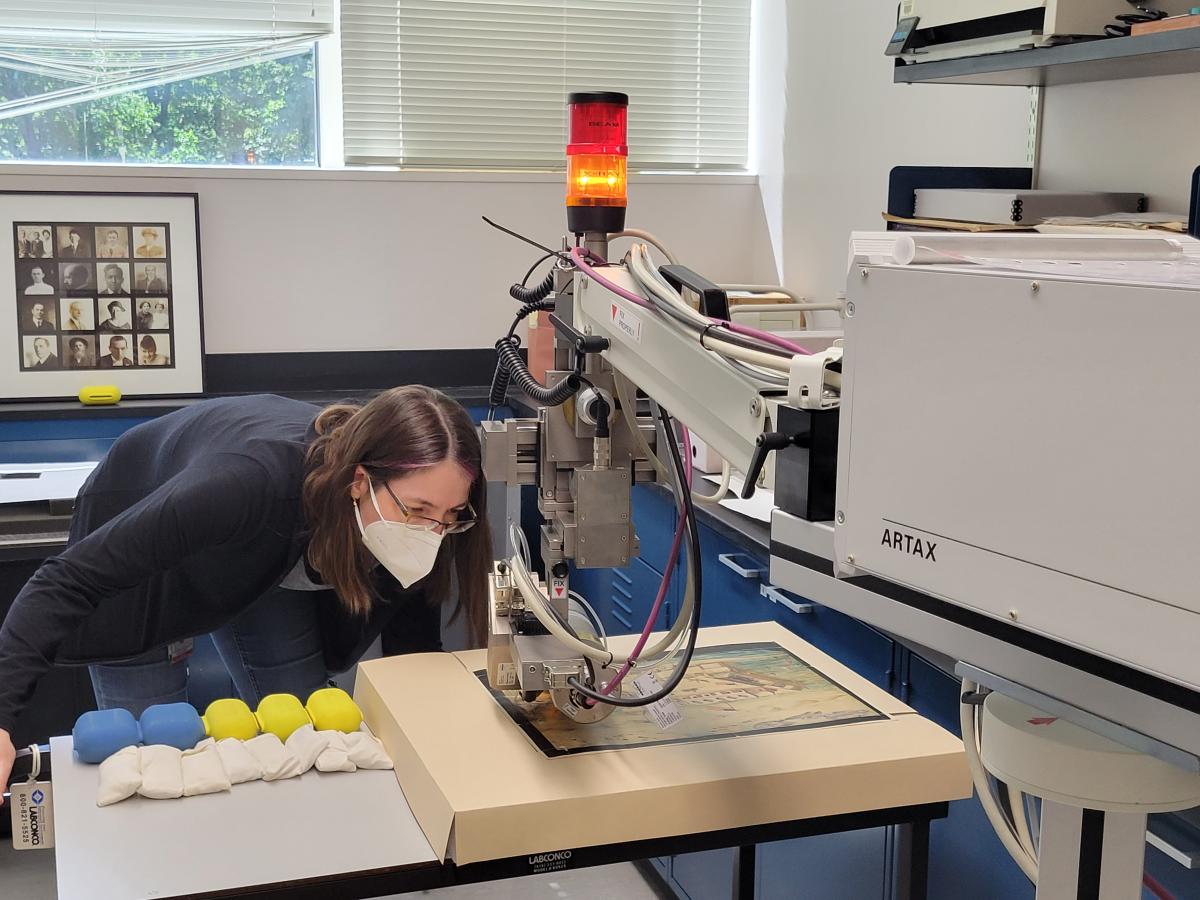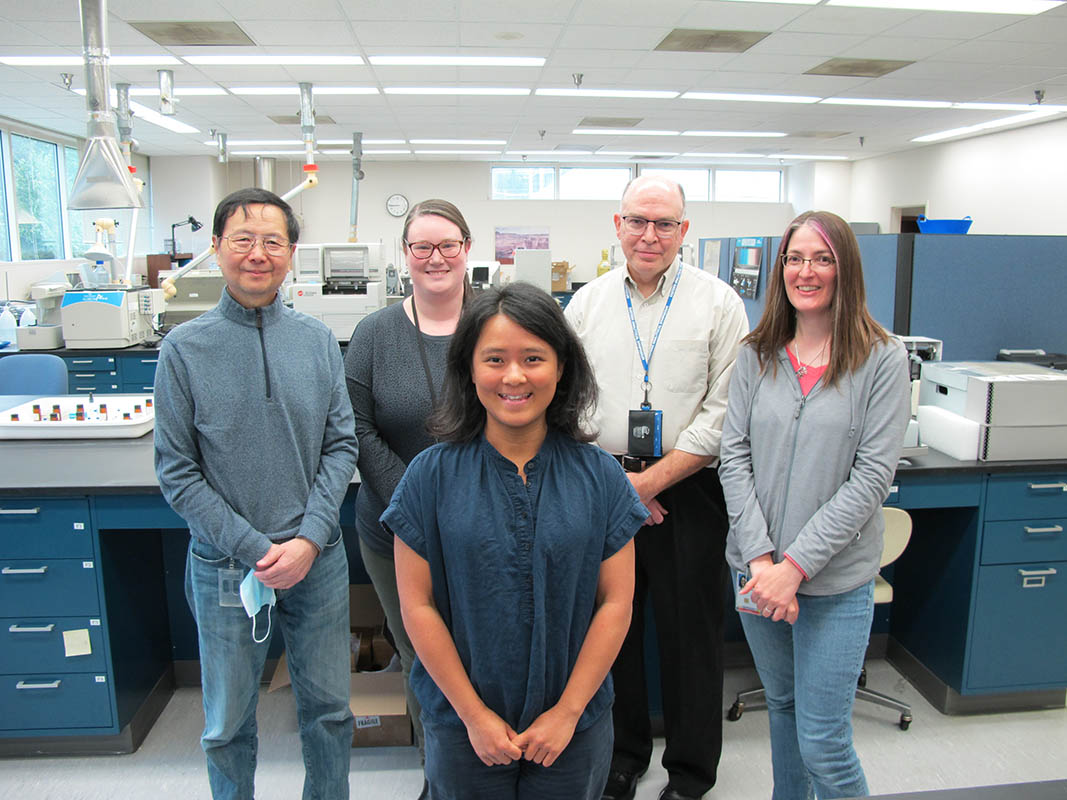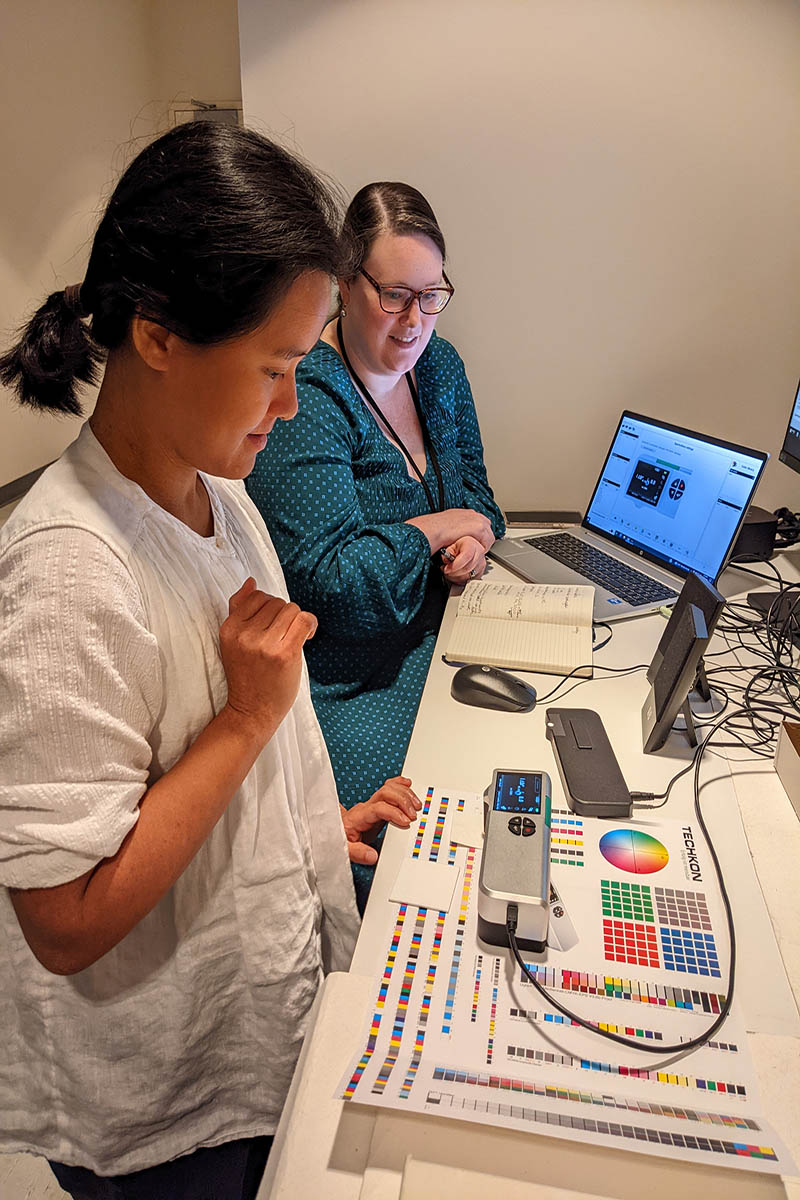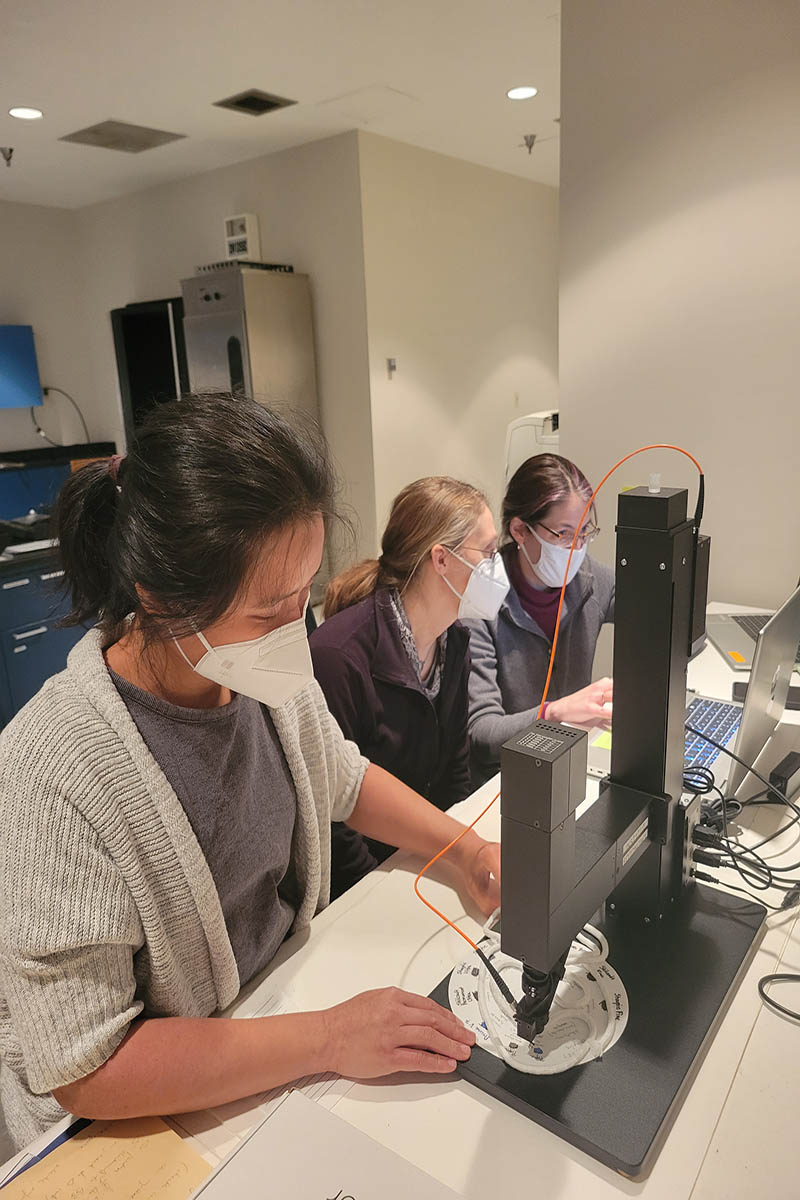
International Day of Women and Girls in Science
By Angela Tudico | National Archives News
WASHINGTON, February 10, 2023 — Tomorrow marks the International Day of Women and Girls in Science. At the National Archives, women use science every day to make significant contributions to preserving our cultural heritage–including the women of our Heritage Science Research and Testing Lab. From making our records available to researchers to determining how long a document can be safely displayed, the knowledge and application of a variety of Science, Technology, Engineering, and Mathematics (STEM) tools and concepts play an important role in preserving our archival records for generations to come.
Discover more about the research that scientists conduct at the Heritage Science Lab in this virtual tour of the space, and read about the agency’s first Fulbright scholar, Cancy Chu.



